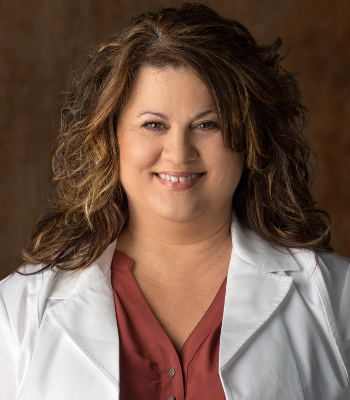Port-a-Cath Placement
A port-a-cath is an IV (intravenous) catheter that is placed under the skin in a patient who requires frequent administration of chemotherapy, blood transfusions, antibiotics, intravenous feeding, or blood draws. It is a central IV line, meaning that the catheter is threaded into one of the large central veins in the chest, which empties into the heart. The vein which is used most often is the right internal jugular vein. This vein is preferred because it is very close to the skin and easy to find with ultrasound. It runs straight down to the heart and has the lowest risk for problems during placement of the catheter, and subsequent use by oncology nurses.
Commonly called a port, the term porta- cath is a combination of the words ‘portal’ and ‘catheter’. The ‘port’, or portal, is a small reservoir, about as big as a thimble, with a silicone septum that can be pierced with a needle. The silicone is self-sealing and can be punctured hundreds of times before the port must be replaced so it can remain in place for many years. The ‘cath’ or catheter portion is the plastic IV tubing which attaches to the port. The catheters are placed by an interventional radiologist or surgeon, under local anesthetic, using ultrasound to guide the catheter into the vein. The entire port-a-cath is inside the body, so that bathing and swimming are not affected. The port feels like a little bump under the skin, about the size of a quarter.
The catheters are placed by an interventional radiologist or surgeon, under local anesthetic, using ultrasound to guide the catheter into the vein. The entire port-a-cath is inside the body, so that bathing and swimming are not affected. The port feels like a little bump under the skin, about the size of a quarter.
To use the port, the chemotherapy nurse feels the port between her/his fingers, disinfects the skin and inserts a special needle, called a Huber, through the skin and the silicone septum into the reservoir. The Huber needle is specially designed not to damage the silicone septum. Additionally, these needles are associated with a very low rate of infection. The port-a-cath can be used the same day it is put in.
Ports make the administration of chemotherapy much safer. Some patients have difficult veins in their arms. Veins can be small, scarred by prior therapies or phlebotomies, or have a tendency to ‘roll’ away from needle. Delivering chemotherapy to large veins is much preferred to the small veins in the arm. When chemotherapy runs into a small vein, it can damage the veins, causing scarring especially with repeated infusions. However, when infused into a large vein, the drug is immediately diluted by the bloodstream and delivered more efficiently to the entire body.
Also, if the chemotherapy leaks from the infusion site, it can damage the skin and surrounding tissues. This is called extravasation and would be very unlikely to occur with a port.


















